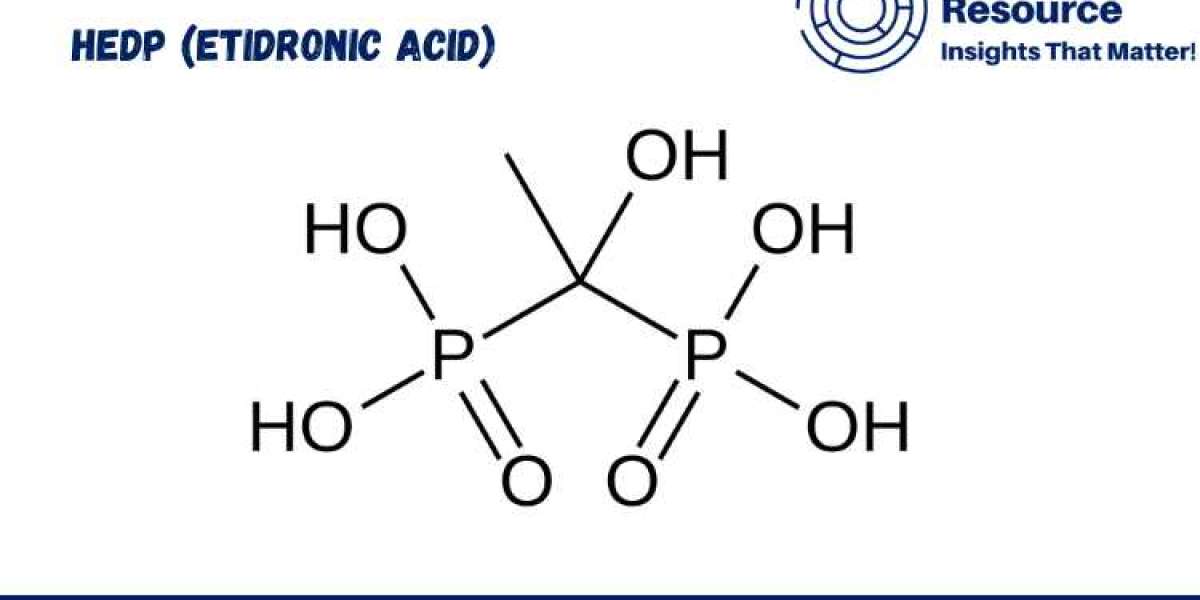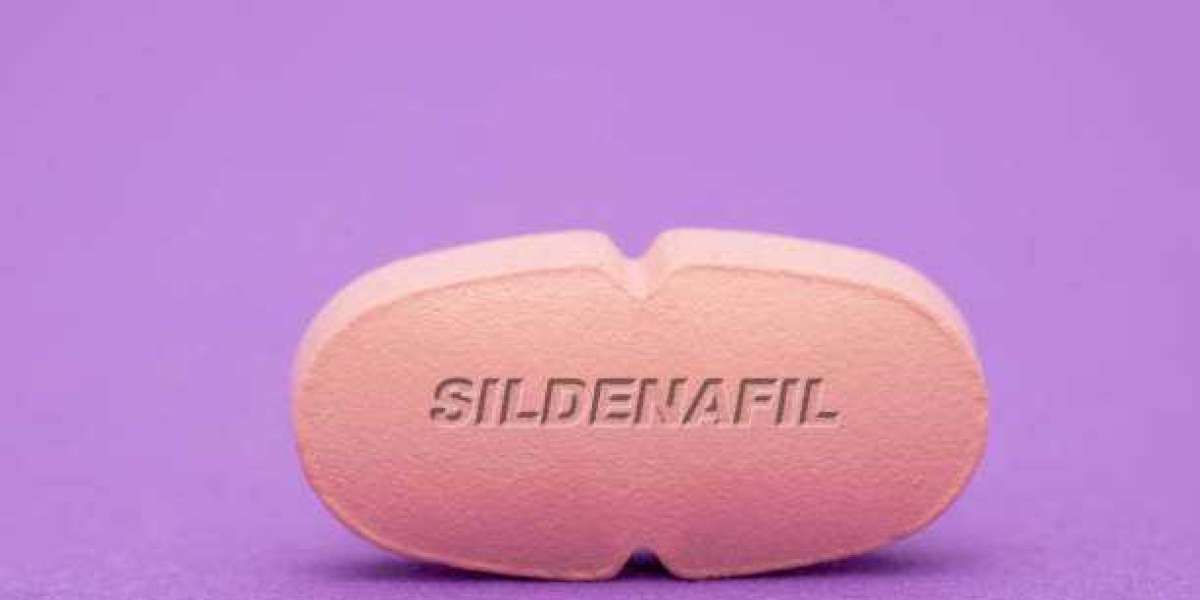Introduction
Hypertensive retinopathy is a condition that affects the retina, the light-sensitive tissue at the back of the eye, caused by high blood pressure. High blood pressure can lead to damage of the blood vessels in the retina, resulting in a variety of symptoms and potential vision loss. Early detection and appropriate treatment are essential for preserving vision and preventing further damage. This blog will guide you through the stages of hypertensive retinopathy and when it’s time to seek treatment. Hypertensive Retinopathy Treatment
What is Hypertensive Retinopathy?
Hypertensive retinopathy occurs when uncontrolled high blood pressure damages the small blood vessels in the retina. Over time, this damage can lead to vision problems, ranging from blurred vision to complete vision loss if left untreated. Recognizing the stages of hypertensive retinopathy and seeking timely treatment is crucial to prevent complications and protect your eye health.
The Stages of Hypertensive Retinopathy
Hypertensive retinopathy progresses through several stages. Each stage represents a level of damage that requires different types of intervention. Knowing the stages can help you understand the severity of the condition and the importance of seeking treatment as soon as possible.
Stage 1: Mild Retinal Changes
In the early stage of hypertensive retinopathy, changes in the retina may be subtle and difficult to notice without an eye exam. At this stage, the retinal blood vessels may appear slightly narrowed or show signs of “arterial narrowing,” where the arteries become constricted. Though no symptoms may be noticeable at this stage, it is essential to address the underlying high blood pressure to prevent progression.
When to Seek Treatment:
If you have been diagnosed with high blood pressure, it’s important to schedule regular eye exams to monitor any changes in the retina. Early treatment of hypertension at this stage can prevent further damage to your eyes. Blood pressure management through medication, lifestyle changes, and regular monitoring is key to controlling the condition.
Stage 2: Moderate Retinal Changes
As hypertensive retinopathy progresses, the damage to the retina becomes more apparent. At this stage, the retinal blood vessels may show more pronounced changes such as thickening of the vessel walls, which can lead to more significant narrowing. These changes are often referred to as “arteriosclerosis,” which refers to the hardening and thickening of the arteries in the eye.
When to Seek Treatment:
If you notice any vision changes or experience symptoms like blurry vision or difficulty focusing, it’s crucial to seek treatment. A comprehensive eye examination can assess the extent of damage, and a retinal specialist can recommend treatment options. Proper blood pressure control and possibly laser therapy to manage retinal changes are often recommended at this stage.
Stage 3: Severe Retinal Changes
At this stage, hypertensive retinopathy has caused significant damage to the retina, leading to severe changes in the blood vessels. Retinal hemorrhages, where tiny blood vessels burst, may occur, along with cotton wool spots (areas of retinal swelling), which are indicative of nerve fiber layer damage. The retina may also develop areas of ischemia (lack of blood flow), which can cause permanent vision loss if not treated promptly.
When to Seek Treatment:
It is crucial to seek immediate treatment from a retinal specialist if you notice any significant changes in vision or if your blood pressure is poorly controlled. At this stage, laser therapy, anti-VEGF injections (which help reduce swelling), or even retinal surgery may be necessary to prevent further damage and preserve vision.
Stage 4: Advanced Retinal Damage
In the most advanced stages of hypertensive retinopathy, the damage to the retina can be severe and may lead to permanent vision loss. The blood vessels may become more severely narrowed or blocked, causing the retina to lose oxygen and leading to areas of permanent scarring. In some cases, retinal detachment or macular edema (swelling in the central part of the retina) may occur, which can result in significant vision impairment.
When to Seek Treatment:
If hypertensive retinopathy has reached this advanced stage, it’s essential to seek urgent treatment. Depending on the severity of the damage, treatment options may include surgical interventions or specialized laser therapies. The goal of treatment at this stage is to stabilize the condition and prevent further vision loss.
Why Early Detection is Key
The earlier hypertensive retinopathy is detected, the better the chances of preventing severe vision loss. Regular eye exams can help identify changes in the retina before they cause significant damage. If you have high blood pressure or other risk factors, it’s crucial to get routine eye exams as part of your overall healthcare plan. Your ophthalmologist can detect early signs of hypertensive retinopathy and recommend appropriate steps to preserve your vision.
Treatment Options for Hypertensive Retinopathy
Treatment for hypertensive retinopathy primarily focuses on controlling high blood pressure. However, in more advanced stages, additional treatments may be necessary to prevent or manage retinal damage. Below are some common treatment options:
- Blood Pressure Control: Managing high blood pressure through medications, dietary changes, and exercise is the foundation of hypertensive retinopathy treatment. This helps to prevent further damage to the retina.
- Laser Treatment: In more advanced stages, laser treatment may be used to seal leaking blood vessels or to help shrink abnormal blood vessels in the retina. This treatment is typically performed in the office and is effective in controlling the progression of the disease.
- Anti-VEGF Injections: For cases involving macular edema, anti-VEGF (vascular endothelial growth factor) injections can help reduce swelling and prevent further damage.
- Surgical Interventions: In extreme cases, surgery may be necessary to repair or remove damaged retinal tissue or to treat retinal detachment.
The Importance of Finding the Right Eye Hospital
When it comes to managing hypertensive retinopathy, finding a reputable eye hospital is essential. Maxi Vision Eye Hospital is known for its comprehensive care and advanced treatment options for all stages of hypertensive retinopathy. With a team of expert ophthalmologists and retinal specialists, Maxi Vision provides personalized care to ensure the best possible outcome for patients.
At Maxi Vision, patients receive a thorough eye exam and individualized treatment plan designed to address their unique needs. Whether it’s managing blood pressure, providing laser treatment, or performing surgery, Maxi Vision Eye Hospital offers the expertise and technology necessary to protect your vision.
Conclusion
Hypertensive retinopathy is a serious condition that can significantly affect your vision if left untreated. Recognizing the stages of the disease and understanding when to seek treatment is essential to preserving eye health. By managing your blood pressure and receiving timely treatment from an experienced retinal specialist, you can prevent further damage and protect your vision.
If you suspect that you may have hypertensive retinopathy or if you have high blood pressure, don’t delay in seeking professional help. Schedule a consultation with a retinal specialist at Maxi Vision Eye Hospital to ensure the best care for your eye health.








